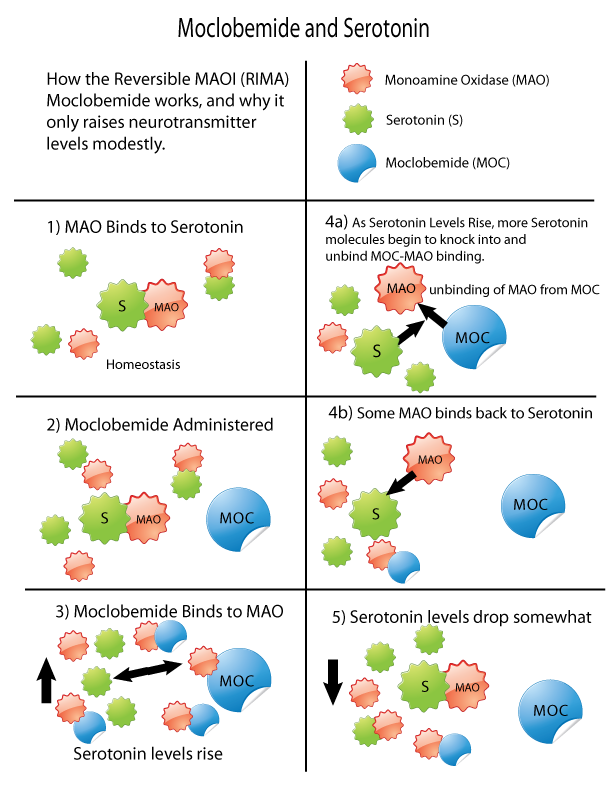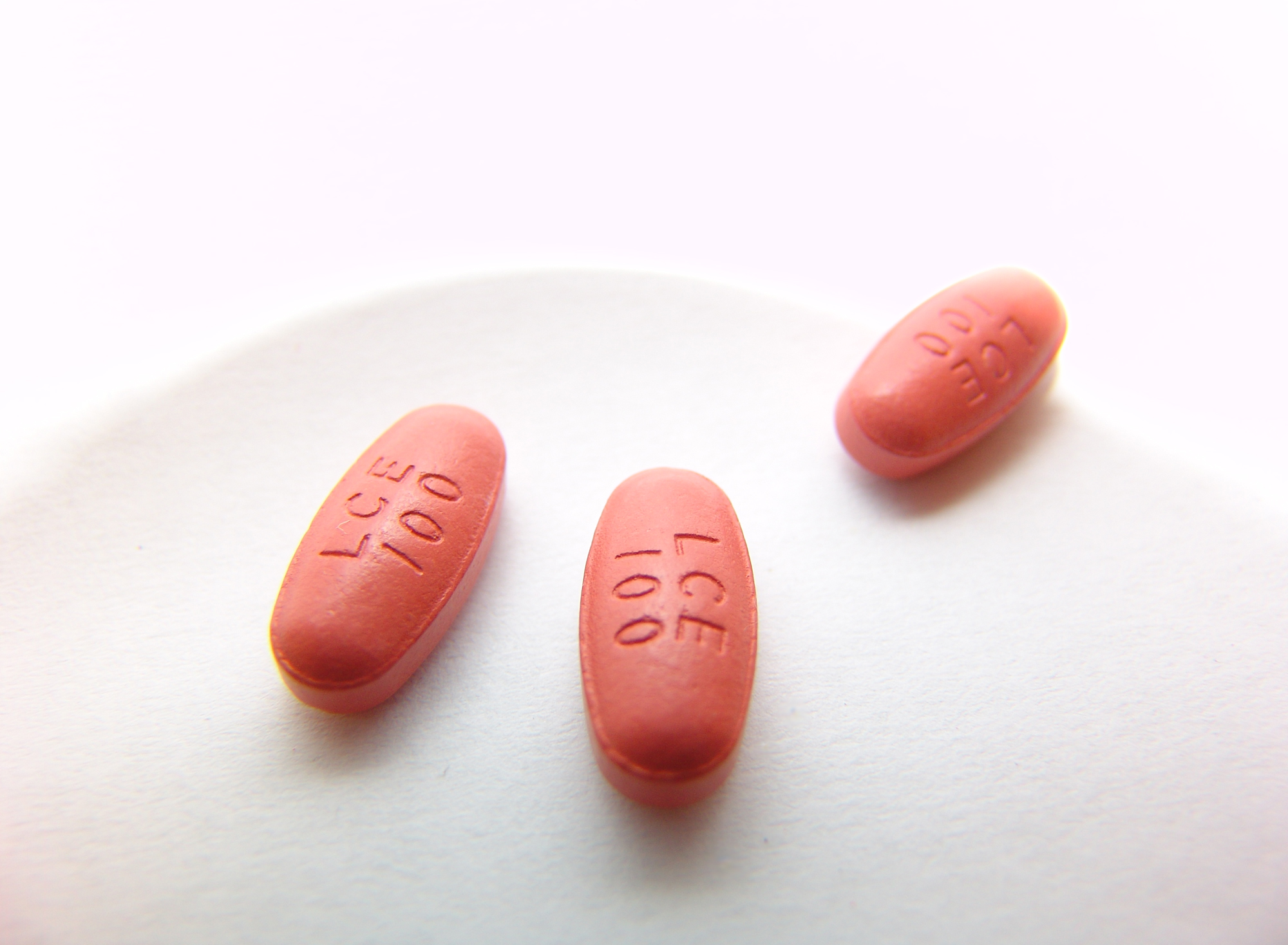|
Hemantane
Hemantane, or hymantane, also known as ''N''-(2-adamantyl)hexamethyleneimine, is an experimental antiparkinsonian agent of the adamantane family that was never marketed. It was developed and studied in Russia. It has been said to act as a low-affinity non-competitive NMDA receptor antagonist, as a selective MAO-B inhibitor, and as showing various other actions and effects such as modulation of the dopaminergic and serotonergic systems in the striatum. The drug has also been theorized to be a sigma receptor agonist, which is said to likely be involved in its dopaminergic effects. Analogues of hemantane, such as memantine and amantadine, share some of these actions, like NMDA receptor antagonism, sigma receptor agonism, and dopaminergic modulation. The drug was first described by 2000. The dosage of gimantan is standardized to 50mg tablet strength. Chemistry Gimantan is synthesized, according to the Leuckart reaction, by heating adamantanone and azepane in the presence of ... [...More Info...] [...Related Items...] OR: [Wikipedia] [Google] [Baidu] |
Adamantane
Adamantane is an organic compound with formula C10H16 or, more descriptively, (CH)4(CH2)6. Adamantane molecules can be described as the fusion of three cyclohexane rings. The molecule is both rigid and virtually stress-free. Adamantane is the most stable isomer of C10H16. The spatial arrangement of carbon atoms in the adamantane molecule is the same as in the diamond crystal. This similarity led to the name ''adamantane'', which is derived from the Greek ''adamantinos'' (relating to steel or diamond). It is a white solid with a camphor-like odor. It is the simplest diamondoid. The discovery of adamantane in petroleum in 1933 launched a new field of chemistry dedicated to the synthesis and properties of polyhedral organic compounds. Adamantane derivatives have found practical application as drugs, polymeric materials, and thermally stable lubricants. History and synthesis In 1924, H. Decker suggested the existence of adamantane, which he called decaterpene. The first attempted l ... [...More Info...] [...Related Items...] OR: [Wikipedia] [Google] [Baidu] |
Experimental Drug
An experimental drug is a medicinal product (a drug or vaccine) that has not yet received drug approval, approval from governmental regulatory agency, regulatory authorities for routine use in human medicine, human or veterinary medicine. A medicinal product may be approved for use in one disease or condition but still be considered experimental for other diseases or conditions. United States In the United States, the body responsible for approval is the Food and Drug Administration (FDA), which must grant the substance Investigational New Drug (IND) status before it can be tested in human clinical trials. IND status requires the drug's sponsor to submit an IND application that includes data from laboratory and animal testing for drug safety, safety and efficacy. A drug that is made from a living organism or its products undergoes the same approval process but is called a biologics license application (BLA). Biological drugs include antibodies, interleukins, and vaccines. In 2018 f ... [...More Info...] [...Related Items...] OR: [Wikipedia] [Google] [Baidu] |
Leuckart Reaction
The Leuckart reaction is the chemical reaction that converts aldehydes or ketones to amines. The reaction is an example of reductive amination. The reaction, named after Rudolf Leuckart (chemist), Rudolf Leuckart, uses either ammonium formate or formamide as the nitrogen donor and reducing agent. It requires high temperatures, usually between 120 and 130 °C; for the formamide variant, the temperature can be greater than 165 °C. History The Leuckart reaction is named in honor of its developer, the German chemist Rudolf Leuckart (chemist), Rudolf Leuckart (1854–1899). He discovered that heating benzaldehyde with formamide does not produce benzylidenediformamide as anticipated, but benzylamine. In 1891, a colleague of Leuckart at the University of Göttingen, Otto Wallach, performed further reactions using alicyclic and terpenoid ketones as well as aldehydes, demonstrating the general application. Over the course of the past century, chemists have discovered severa ... [...More Info...] [...Related Items...] OR: [Wikipedia] [Google] [Baidu] |
Monoamine Oxidase Inhibitors
Monoamine oxidase inhibitors (MAOIs) are a class of drugs that inhibit the activity of one or both monoamine oxidase enzymes: monoamine oxidase A (MAO-A) and monoamine oxidase B (MAO-B). They are best known as effective antidepressants, especially for treatment-resistant depression and atypical depression. They are also used to treat panic disorder, social anxiety disorder, Parkinson's disease, and several other disorders. Reversible inhibitors of monoamine oxidase A (RIMAs) are a subclass of MAOIs that selectively and reversibly inhibit the MAO-A enzyme. RIMAs are used clinically in the treatment of depression and dysthymia. Due to their reversibility, they are safer in single-drug overdose than the older, irreversible MAOIs, and weaker in increasing the monoamines important in depressive disorder. RIMAs have not gained widespread market share in the United States. Medical uses MAOIs have been found to be effective in the treatment of panic disorder with agoraphob ... [...More Info...] [...Related Items...] OR: [Wikipedia] [Google] [Baidu] |
Drugs With Unknown Mechanisms Of Action
A drug is any chemical substance other than a nutrient or an essential dietary ingredient, which, when administered to a living organism, produces a biological effect. Consumption of drugs can be via inhalation, injection, smoking, ingestion, absorption via a patch on the skin, suppository, or dissolution under the tongue. In pharmacology, a drug is a chemical substance, typically of known structure, which, when administered to a living organism, produces a biological effect. A pharmaceutical drug, also called a medication or medicine, is a chemical substance used to treat, cure, prevent, or diagnose a disease or to promote well-being. Traditionally drugs were obtained through extraction from medicinal plants, but more recently also by organic synthesis. Pharmaceutical drugs may be used for a limited duration, or on a regular basis for chronic disorders. Classification Pharmaceutical drugs are often classified into drug classes—groups of related drugs that have s ... [...More Info...] [...Related Items...] OR: [Wikipedia] [Google] [Baidu] |
Antiparkinsonian Agents
In the management of Parkinson's disease, due to the chronic nature of Parkinson's disease (PD), a broad-based program is needed that includes patient and family education, support-group services, general wellness maintenance, exercise, and nutrition. At present, no cure for the disease is known, but medications or surgery can provide relief from the symptoms. While many medications treat Parkinson's, none actually reverses the effects of the disease. Furthermore, the gold-standard treatment varies with the disease state. People with Parkinson's, therefore, often must take a variety of medications to manage the disease's symptoms. Several medications currently in development seek to better address motor fluctuations and nonmotor symptoms of PD. However, none is yet on the market with specific approval to treat Parkinson's. Medication The main families of drugs useful for treating motor symptoms are levodopa, dopamine agonists, and MAO-B inhibitors. The most commonly used treatm ... [...More Info...] [...Related Items...] OR: [Wikipedia] [Google] [Baidu] |
Abandoned Drugs
Abandon, abandoned, or abandonment may refer to: Common uses * Abandonment (emotional), a subjective emotional state in which people feel undesired, left behind, insecure, or discarded * Abandonment (legal), a legal term regarding property ** Child abandonment, the extralegal abandonment of children ** Lost, mislaid, and abandoned property, legal status of property after abandonment and rediscovery * Abandonment (mysticism) Art, entertainment, and media Film * ''Abandon'' (film), a 2002 film starring Katie Holmes * ''Abandoned'' (1949 film), starring Dennis O'Keefe * ''Abandoned'' (1955 film), the English language title of the Italian war film ''Gli Sbandati'' * ''Abandoned'' (2001 film), a Hungarian film * ''Abandoned'' (2010 film), starring Brittany Murphy * ''Abandoned'' (2015 film), a television movie about the shipwreck of the ''Rose-Noëlle'' in 1989 * ''Abandoned'' (2022 film), starring Emma Roberts * ''The Abandoned'' (1945 film), a 1945 Mexican film * ''The Aba ... [...More Info...] [...Related Items...] OR: [Wikipedia] [Google] [Baidu] |
List Of Russian Drugs
This page is a list of Russian drugs, or drugs that were developed in Russia, the former Soviet Union, and/or post-Soviet countries. Many Russian drugs are indicated for enhancing physical, mental, and/or cognitive performance, including drugs described as nootropics or cognitive enhancers, drugs combatting fatigue, so-called adaptogens or actoprotectors, and others. There have been concerns about Russian drugs in the Western world owing to allegedly lower standards of medical evidence in Russia compared to the West, for instance in the case of the Russian COVID vaccine Sputnik V. Some Russian drugs have been attempted to be repurposed and developed by pharmaceutical companies for use in the West, such as phenylpiracetam (fonturacetam), (''R'')-phenylpiracetam (MRZ-9547), Noopept (omberacetam), and armesocarb (the active enantiomer of mesocarb). List of Russian drugs * Aceclidine (Glaucostat, Glaunorm, Glaudin) – parasympathomimetic miotic * Acetomepregenol ( ... [...More Info...] [...Related Items...] OR: [Wikipedia] [Google] [Baidu] |
Gludantan
Gludantan, or gludantane, is an experimental antiparkinsonian agent of the adamantane group that was never marketed. It has also been described as a "psychotropic" and antidepressant. An analogue of gludantan, ''N''-3,5-dimethylgludantan, is an inactive metabolite of memantine. Gludantan was developed in the Soviet Union and was first described by 1974. See also * Hemantane * List of Russian drugs This page is a list of Russian drugs, or drugs that were developed in Russia, the former Soviet Union, and/or post-Soviet countries. Many Russian drugs are indicated for enhancing physical, mental, and/or cognitive performance, including drugs ... References Abandoned drugs Adamantanes Antidepressants Antiparkinsonian agents Drugs in the Soviet Union Drugs with unknown mechanisms of action Russian drugs Russian inventions {{Nervous-system-drug-stub ... [...More Info...] [...Related Items...] OR: [Wikipedia] [Google] [Baidu] |




